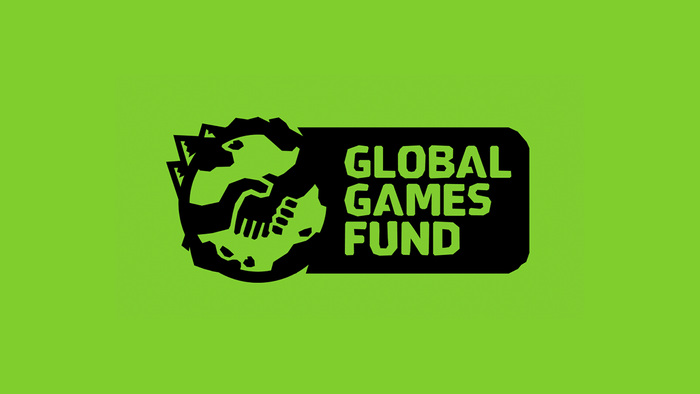American gamers are finally warming up to microtransaction-based games, but recent research suggests that we may fall behind if we don't start targeting the biggest whales of all: our "core" players.

If nothing else, the revenue figures unveiled when Zynga went public have proven that the microtransaction-based "free-to-play" business model for video games was not limited to places like China and Korea. Even America, the land of the video game console, has been catching on: according to upcoming research by DFC Intelligence previewed at Ayzenberg Group's [a]list summit in San Francisco on Thursday (and with subsequent data revealed exclusively to Gamasutra), North American gamers spent $1.1 billion on microtransactions in 2011. That figure, however, represents less than 10 percent of a global microtransaction spend of $11.7 billion. By comparison, North America commands 42 percent of the worldwide console sales market. So where is the discrepancy? North America's dominance in the console market is easily explainable, as home consoles are relegated to the gray market in places like China and Korea, but why is America's slice of the pie so small? The answer, when looking at the numbers, is in the types of free-to-play games being played. "What Zynga has done is proven the popularity of the basic concept [of a free-to-play game] to a large group of people here in the U.S. with fairly...I don't want to say 'unsophisticated,' but simple games," DFC analyst David Cole tells us. In the rest of the world, meanwhile, deeper games (primarily MMOs) aimed at "core" gamers dominate the free-to-play space. In 2011, DFC estimates that "light" free-to-play games (like those from Zynga) brought in $3.2 billion in revenue, about $0.9 billion of that from North America alone. Those considered core-focused, however, brought in more than double that: $7.4 billion worldwide, with only 3 percent of that coming from here. According to Cole, these core games not only draw in more money, they also attract more big spender "whales" and have a much more substantial long tail effect.  Nexon's MapleStory, for example, hit its peak revenue in 2010, some six years after its release. By comparison, a typical Facebook hit starts its decline after two or three months. DFC's analysis, which will be published later this year in a report called "The Market for Browser and Social Network Games," predicts that the global free-to-play market will grow from $10.6 billion in 2011 to $17.3 billion by 2016, though it warns that growth may be hindered by an inability for North America to attract core free-to-play gamers and a possible decline in product quality as players get fed up with playing "clones" of other popular titles.
Nexon's MapleStory, for example, hit its peak revenue in 2010, some six years after its release. By comparison, a typical Facebook hit starts its decline after two or three months. DFC's analysis, which will be published later this year in a report called "The Market for Browser and Social Network Games," predicts that the global free-to-play market will grow from $10.6 billion in 2011 to $17.3 billion by 2016, though it warns that growth may be hindered by an inability for North America to attract core free-to-play gamers and a possible decline in product quality as players get fed up with playing "clones" of other popular titles.
Read more about:
2012About the Author(s)
You May Also Like








